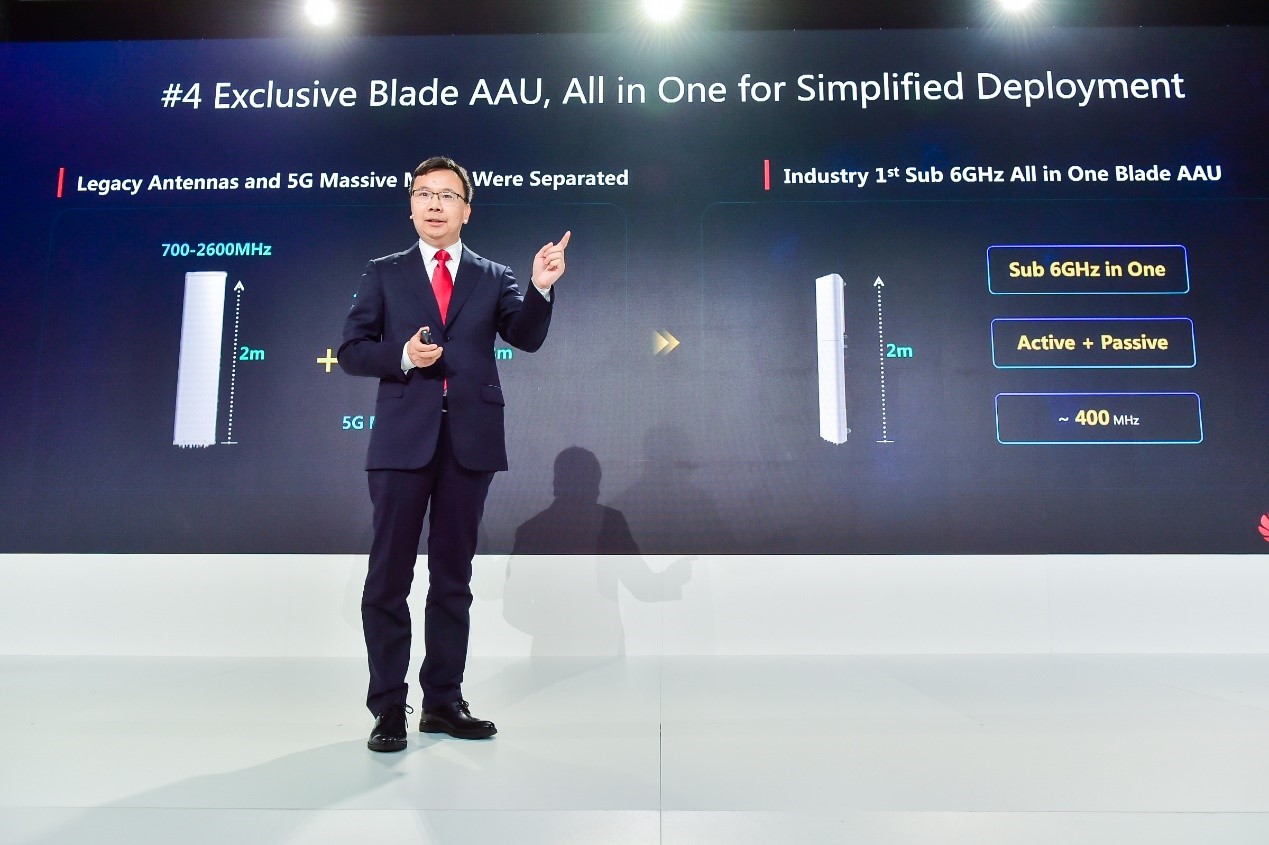Lahore (Muhammad Yasir) Ryan Ding, Executive Director of the Board and President of Huawei’s Carrier BG, has recently released Huawei’s new 5G products and solutions while also launching the company’s new 5G Partner Innovation Program. These efforts aim to build a thriving 5G ecosystem and make5Ga commercial success.
5G has developed beyond imagination in terms of deployment, ecosystem, and experience, says Ding, and networks are the foundation for the 5G business. So far, Huawei has been awarded 91 commercial 5G contracts. As a leading global 5G supplier, Huawei is committed to developing the best end-to-end 5G solutions. These will include the industry’s highest-performance 5G base station that supports all scenarios. Huawei is also the first vendor in the industry to provide industrial 5G modules for vertical applications.
Ding emphasized that in the 4G era, virtually all operators provided the same network experience. However, in the 5G era, operators can provide differentiated experiences and charge users based on more metrics, including data volume, latency, bandwidth, and number of devices connected. This makes it possible to monetize 5G, and it is critical that operators redefine their 5G business models now.
At the event, Ding also launched the 5G Partner Innovation Program. Through this program, Huawei plans to invest US$20 million into innovative 5G applications over the next 5 years, contributing to a thriving 5G ecosystem and accelerating the commercial success of 5G.Huawei and its global partners have worked together on multiple 5G projects, covering many domains including new media, campus, healthcare, and education.
Looking to the future of 5G, Huawei and several industry partners also launched a 5GDN Industry White Paper this month. Since the establishment of 5G Deterministic Networking Alliance (5GDNA) last year, this is the first time the 5GDNA has introduced 5G Deterministic Networking (5GDN) comprehensively, including definition, concepts, key technologies, and successful use cases of 5GDN. This release opens a new chapter for 5G development and promotes development of more network applications. An analysis of more than 100 applications in over 10 industries showed that the requirements of industry digitalization for 5G networks can be divided into three aspects: differentiated networks with orchestratable capabilities, dedicated networks with guaranteed data security, and self-service (DIY) networks with autonomous management.







